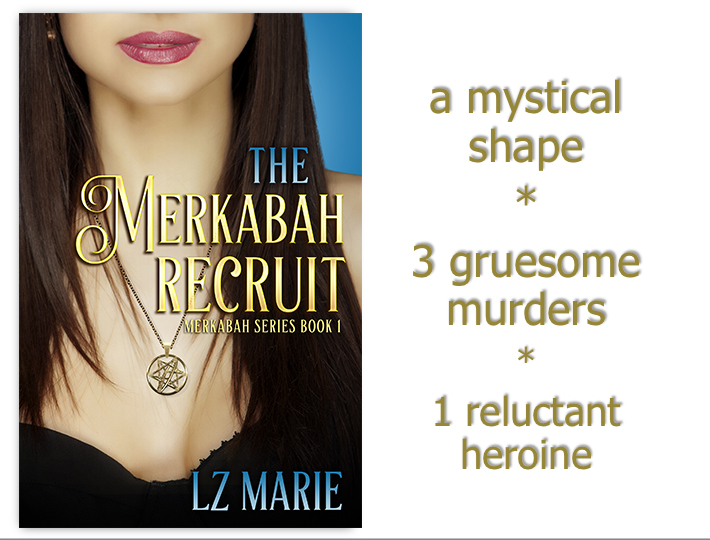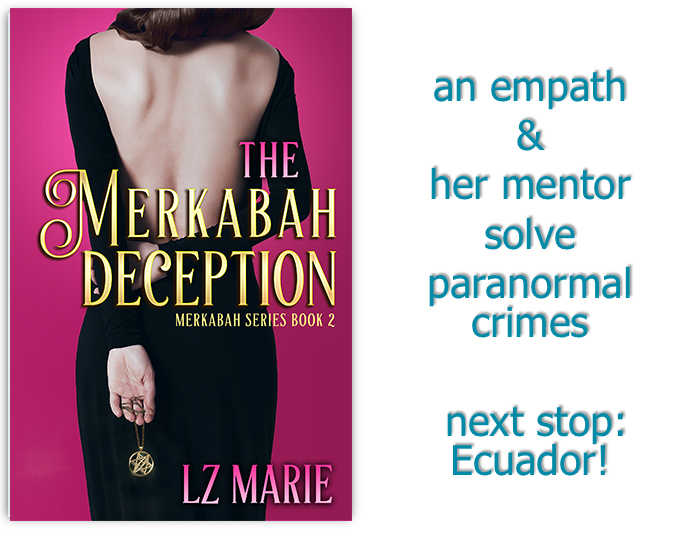 YOU see the characters in your mind…more importantly, does the reader? And is it necessary they see your vision?
YOU see the characters in your mind…more importantly, does the reader? And is it necessary they see your vision?
Although physical descriptions and a thorough biographical summary of each major character is found in older fiction, the current trend is to reveal character details through action and dialog.
Clothes, hairstyles, accessories, and body type reveal a character’s:
- personality
- socio-economic class
- lifestyle
- occupation
- hobbies/interests
- emotional or psychological state
OR may:
-
provide irony
- reflect a particular social/cultural/political issue
-
serve as a plot device
-
reveal a 1st person narrator’s biases and prejudices
However, what you do describe about a character is just as important as what you do not! Readers don’t need every little detail! Don’t believe me? Ask friends to describe a well-known literary character—one not already brought to life on the silver screen. Chances are your descriptions differ just a bit. Although, Colin Firth is Jane Austin’s Mr. Darcy.
Physical descriptions are important–or NOT–depending on the plot–and are often fraught with symbolic meanings.
-
Height: Does the character stand head and shoulders above the rest because they’re morally/socially/emotionally superior?
-
Build: In Duong Thu Huong’ Paradise for the Blind, the protagonist is a sickly, frail young woman, which suits her personality and emotional state.
-
Hair color: Can you imagine Scarlet O’Hara with blonde hair? I think not! How many male heroes do you know with red hair? Mmmm….
-
Hair texture: Janie, in Their Eyes Were Watching God, possesses the silky textured hair of white folk—making her more white in this novel about racism and self-fulfillment.
-
Eye color: The darker the iris the more mysterious or sinister the character appears. If eyes are the window to the soul, the black-eyed character is mysterious indeed. See Eye Symbolism for more in-depth information.
- Skin color: In Arundhati Roy’s God of Small Things, the love interest is described with chocolate-hued skin which is ever so important to the plot and theme of the tragic novel about the Indian caste system. In the novels by Preston & Child, the FBI agent Pendergast is described with alabaster skin and wearing the somber dark clothes of an undertaker. Creepy, somber, unknowable, and a bit mystically weird—just like the character.
- Scars: A symbolic smack in the face! The location, size, and shape of a scar can add depth to a character, and usually represents an emotional trauma. A scar across the chest (heart) means something different than a scar on the face. Does the character keep the scar concealed or do they flaunt it? And why? Is the scar’s size in direct proportion to their inner emotional scars. Are you thinking about Harry Potter’s lightening bolt scar on his forehead? Yes? Good!
Readers interpret physical descriptions:
If a character has bright red head, most people think the character will be assertive, spunky, and feisty. It’s pretty cliche—and that’s OK—if the character is supposed to be a cliche.
- Does an upturned nose suggest the character is stuck up or arrogant?
- Do small eyes reveal the character is narrow-minded or prejudiced?
- Does a broad forehead indicate the character is exceptionally intelligent?
- Do narrow hips foreshadow trouble giving birth?
- Do overly large hands reveal the character’s helpfulness or are they always looking for a hand out?
In the German tale of adultery, Effi Briest, the paramour, Crampus is described as having one arm shorter than the other, which is indicative of his dishonesty and cheatin’ ways.
Authors play God with characters, so when creating them, think about how much, how little, and why you’re including a heart-shaped mole on your protagonist’s left shoulder!
I’m always disappointed by characters who are physically damn-near perfect and beautiful. It’s annoying and does not endear me to the character. Unless, you mean to do something with that perfection. Are they tormented souls? Do they discover the true cost of beauty? Are they ugly on the inside?
Have fun describing your characters!
Related Links: Rock Your Writing; Click HERE for Amazon link.















